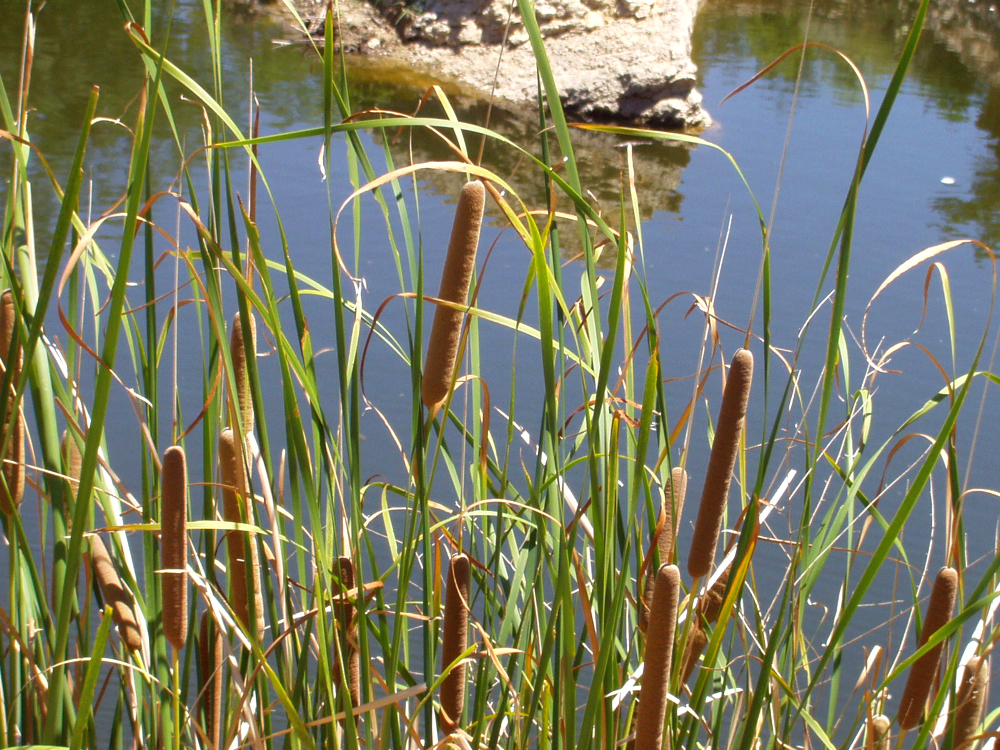
:max_bytes(150000):strip_icc()/growing-common-cattail-plants-5088737-hero-1db854920300403b9fc382d1cb7b7788.jpg)
The cattail has the potential to be considered as a miracle plant. glauca), and southern or Dominican cattail (Typha domingensis). Cattails are classified into four species in North America: broadleaf cattail (Typha latifolia), narrow-leaf cattail (Typha angustifolia), hybrid cattails (T. Typha’s distribution and abundance in wetland ecosystems around the world, particularly in North America, have increased in recent decades as a result of anthropogenic disturbances to wetland hydrology and nutrient loads. Typha is an iconic wetland plant found all over the world. The term, ‘cattail’ refers to the appearance of the plant when the seeds are released. Monsters, storms, diseases, and plants are all connected by these words. The generic name Typha was derived from Greek typhe, which is related to Typhon, Typhoon, and Typhus in terms of linguistics. However, it is obviously required to research extensively in order to make this fiber as a competitive textile fiber.Ĭattail (Typha spp.) is a plant that thrives in wet soil (e.g., marshes, draining ditches) and on the borders of water basins like lakes, old river beds, and ponds.


Several researchers investigated the applicability of this textile fiber in various fields such as oil filtration, energy harvesting, textile composite etc. In fact, cattail fibers are comparable with other major textile fibers in terms of chemical composition as well as textile properties. Moreover, the fibers naturally grow in tufts with down-like structure, which could supply the porous structures of the assembly with excellent characteristics.


 0 kommentar(er)
0 kommentar(er)
